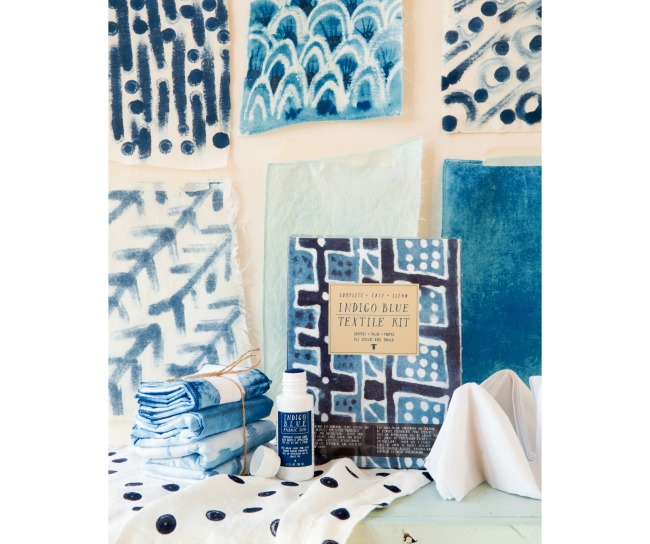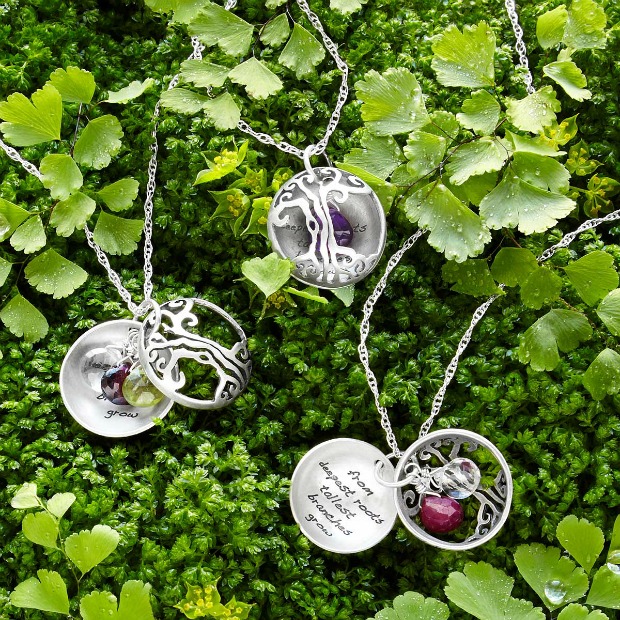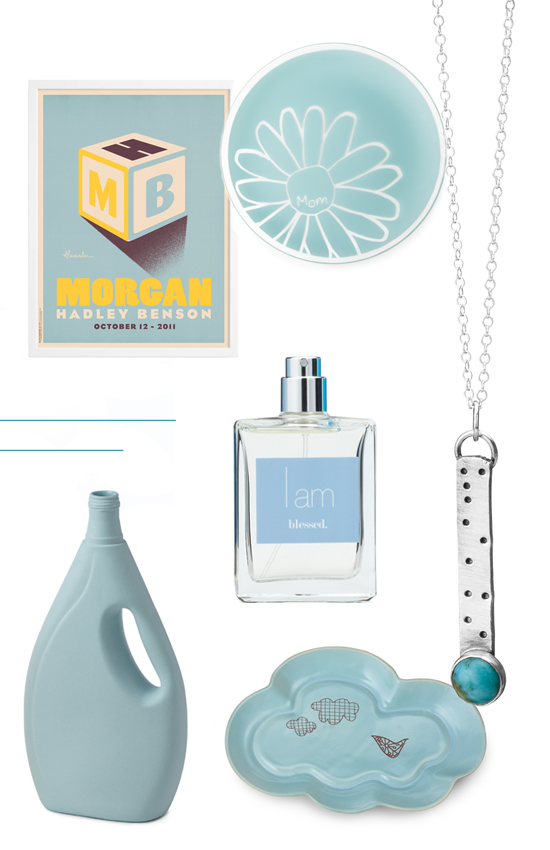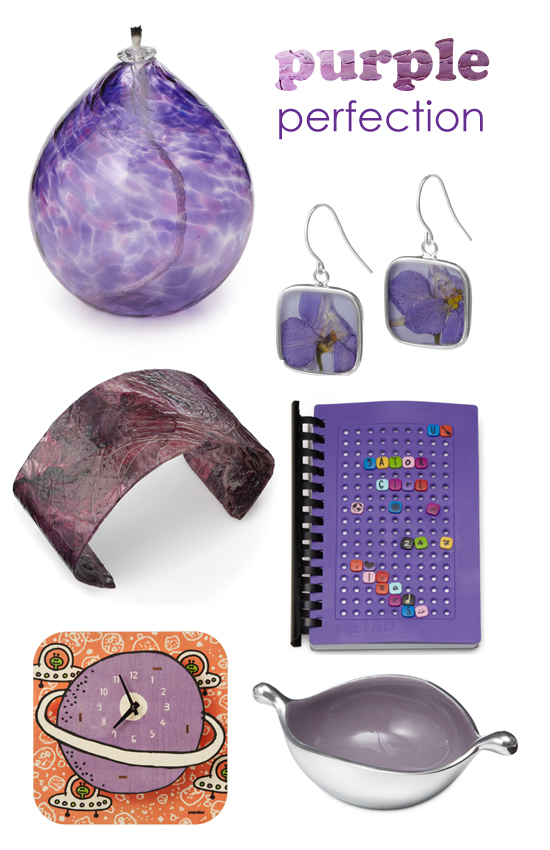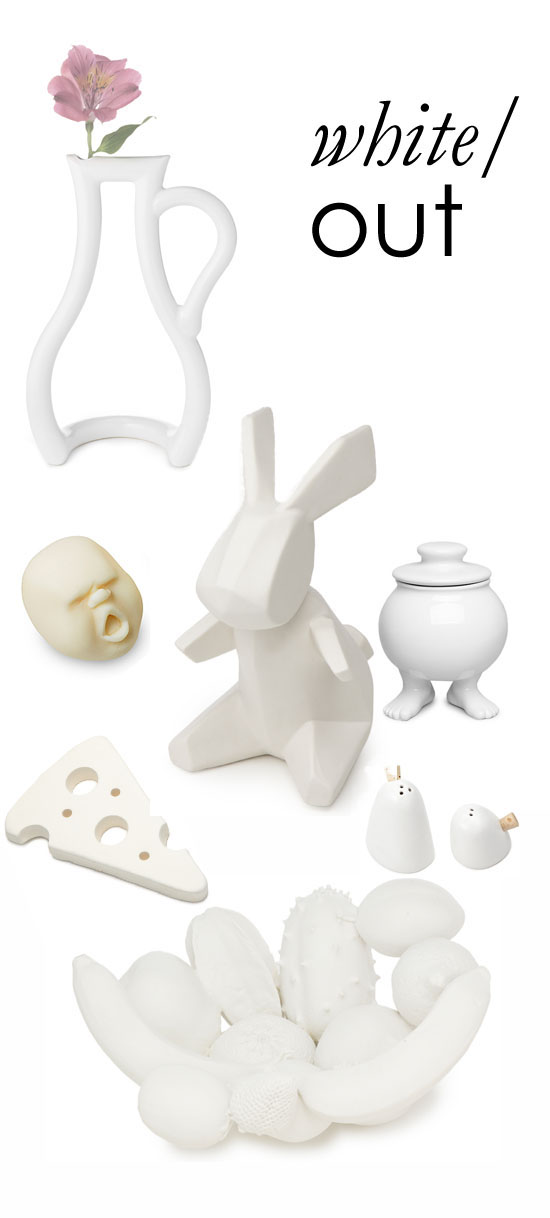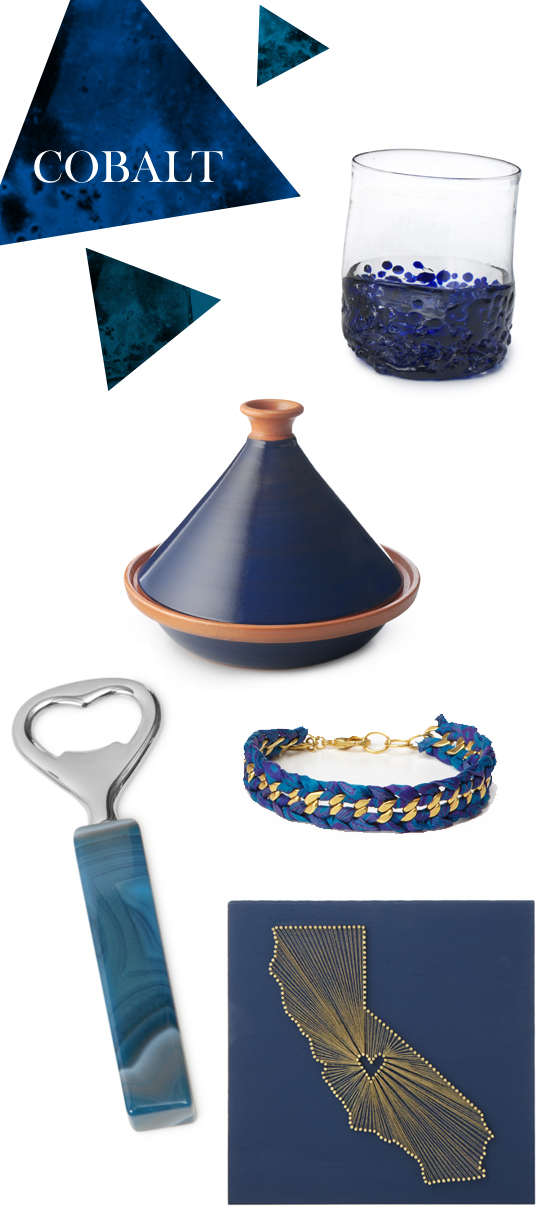
Artist Carolyn Gavin and her puppy Eggroll, photos by Jen Coleman
If you deconstruct the most inspiring quotes throughout history, you’ll find that they all have a few things in common: great wordsmithing, flawless pacing, memorable messaging. So when I asked artist Carolyn Gavin what inspires her to illustrate quotes, I thought she might say she enjoyed experimenting with fonts in watercolor, or that wanted her art to honor influential leaders or her favorite musicians. I quickly learned that these assumptions were too surface level for an artist who uses color like Carolyn. When describing her design process for our “World is Full of Magic” print, she simply said, “it’s just a feeling. I knew that quote would need flowers.”
After visiting Carolyn’s home studio in downtown Toronto, it is evident that this beautiful, gentle approach to her art manifests in every aspect of her life. Where the average person sees words or objects, Carolyn envisions bouquets, nature, and exotic shapes. Every corner inside of the 120-year-old Victorian house that she shares with her husband, her daughter Lily, and their English Bulldog Eggroll, is drenched in her signature color palette. From the quaint garden that she maintains in her off time, to the walls decorated with bright patterns that would make Justina Blakeney pause, every detail embodies the same joy that we find so captivating about her prints.
Carolyn is an artist who truly lives the words penned by writer Khalil Gibran, “Work is love made visible.” As I made my way around her sun-drenched studio, it was hard to distinguish which of her projects would be defined as work or “play.” She approaches every opportunity to create as a chance to learn and explore. Whether it’s sharing watercolors with her enthusiastic Instagram followers, or experimenting with new graphic design techniques for a commissioned project. Her creative perspective is always evolving.
Read on to discover how Carolyn finds inspiration in her travels, how she maintains balance between her family’s business and her own artistic goals, and why she believes that the world is always full of magic.

